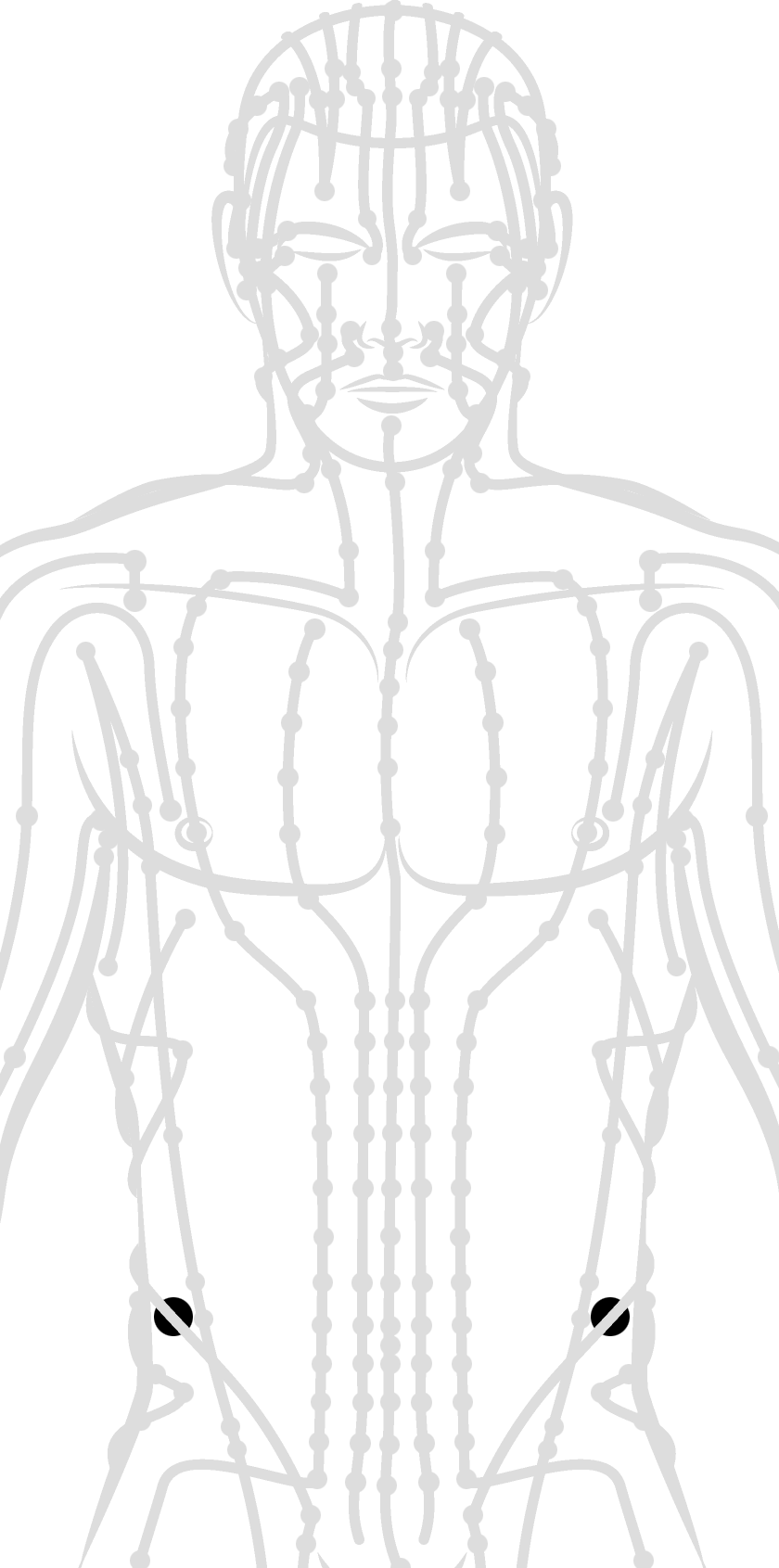Application #9: Pubic Bone Copy
Pubic Bone
 Anatomy:
Anatomy:The pubic bone is made up of a body, superior ramus, and inferior ramus. The left and right hip bones join at the pubic symphysis. It is covered by a layer of fat, which is covered by the mons pubis. The pubis is the lower limit of the suprapubic region.
Innervation:
There are multiple plexuses of nerves that provide motor and sensory innervation to the pelvis.
The sacral plexus arises from L4-S4 spinal nerves. It includes the largest nerve in the body, the sciatic nerve, which contains nerves from spinal levels L4-S3. The sciatic nerve innervates most of the skin of the leg as well as many muscles of the thigh and leg. It is composed of two bundles of nerve tracts, called the tibial and fibular division, which split at the level of the knee into the tibial and fibular nerves. The pudendal nerve (S2-S4) innervates the skin and muscles of the perineum. The superior gluteal nerve (L4-S1) and the inferior gluteal nerve (L5-S2) innervate the gluteal muscles. The nerve to the quadratus femoris (L4-S1) innervates the quadratus femoris and gemellus inferior muscles of the hip. The nerve to the obturator internus muscle (L5-S2) innervates said muscle. The nerve to the piriformis (S1-S2) similarly innervates its eponymous muscle. The perforating cutaneous nerve (S2-S3) innervates the medial and lower part of the buttock. The posterior femoral cutaneous nerve (S2-S3) innervates the skin on the posterior thigh/leg and the perineum. The pelvic splanchnic nerves (S2-S4) provide parasympathetic innervation to pelvic organs.
The coccygeal plexus (S4-S5) and coccygeal nerves innervate the coccygeus and levator ani muscles, as well as the skin immediately dorsal to the anus.
The lumbar plexus (L2-L4) gives rise to the obturator nerve that innervates the skin of the medial aspect of the thigh and the hip adductor muscles.
The superior hypogastric plexus provides sympathetic innervation to the pelvis, while the inferior hypogastric plexus contains both parasympathetic and sympathetic fibers. The pelvic splanchnic nerves (S2-S4) provide parasympathetic innervation to pelvic organs. Parasympathetic output causes gastrointestinal peristalsis and contracts muscles for defecation and urination. It is also involved in the engorgement of erectile tissue. Sympathetic output acts antagonistically to the parasympathetic output and is involved in muscle contraction during orgasm.
Vasculature:
The internal iliac artery is the major artery of the pelvis. It originates at the bifurcation of the common iliac artery into its internal and external branches, as shown in Figure 1. This approximately occurs at vertebral level L5-S1.
The artery descends inferiorly, crossing the pelvic inlet to enter the lesser pelvis. During its descent, it is situated medially to the external iliac vein and obturator nerve. At the superior border of the greater sciatic foramen, it divides into anterior and posterior trunks.
Possible Effects of a Strike:
- Abdominal pain
- Numbness or tingling in the groin or legs
- Bleeding from the vagina (females), urethra (the tube that carries urine from the bladder to the outside of the body) or rectum (the chamber that contains solid wastes from the large intestine until they are eliminated outside the body)
- Difficulty urinating
- Difficulty walking or standing
